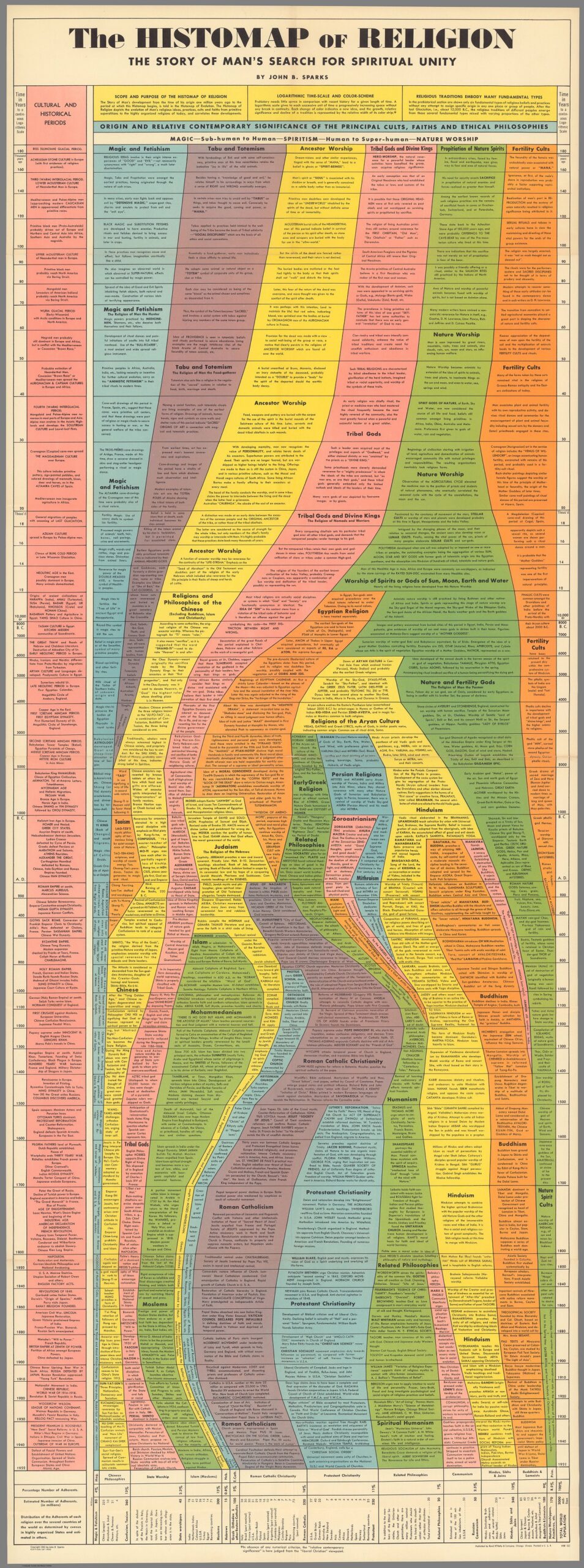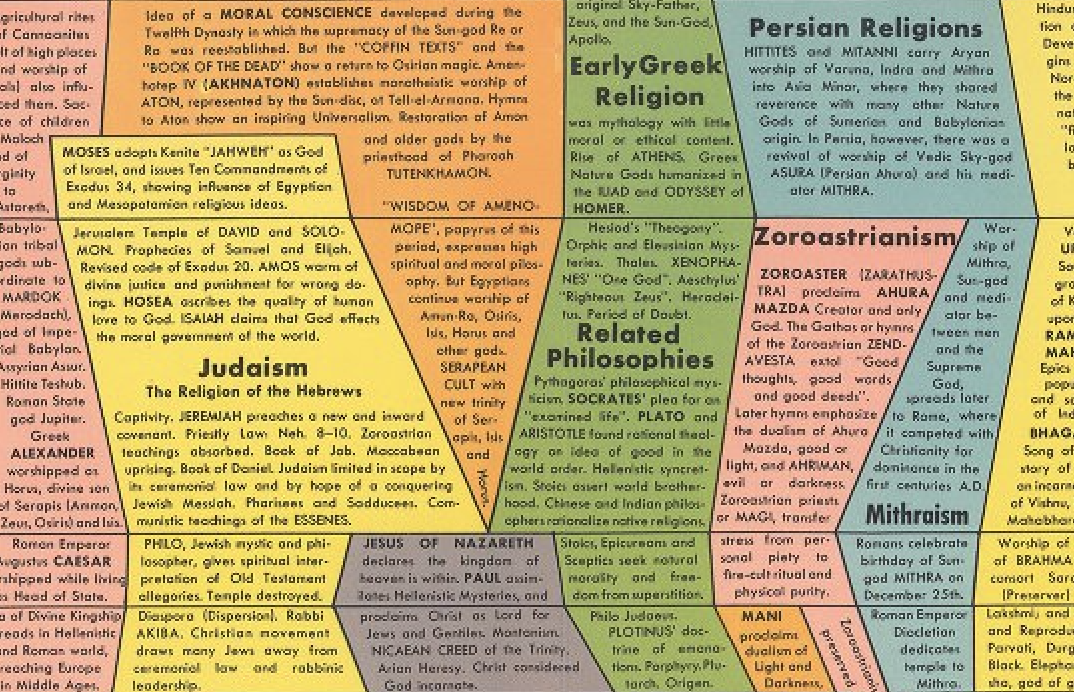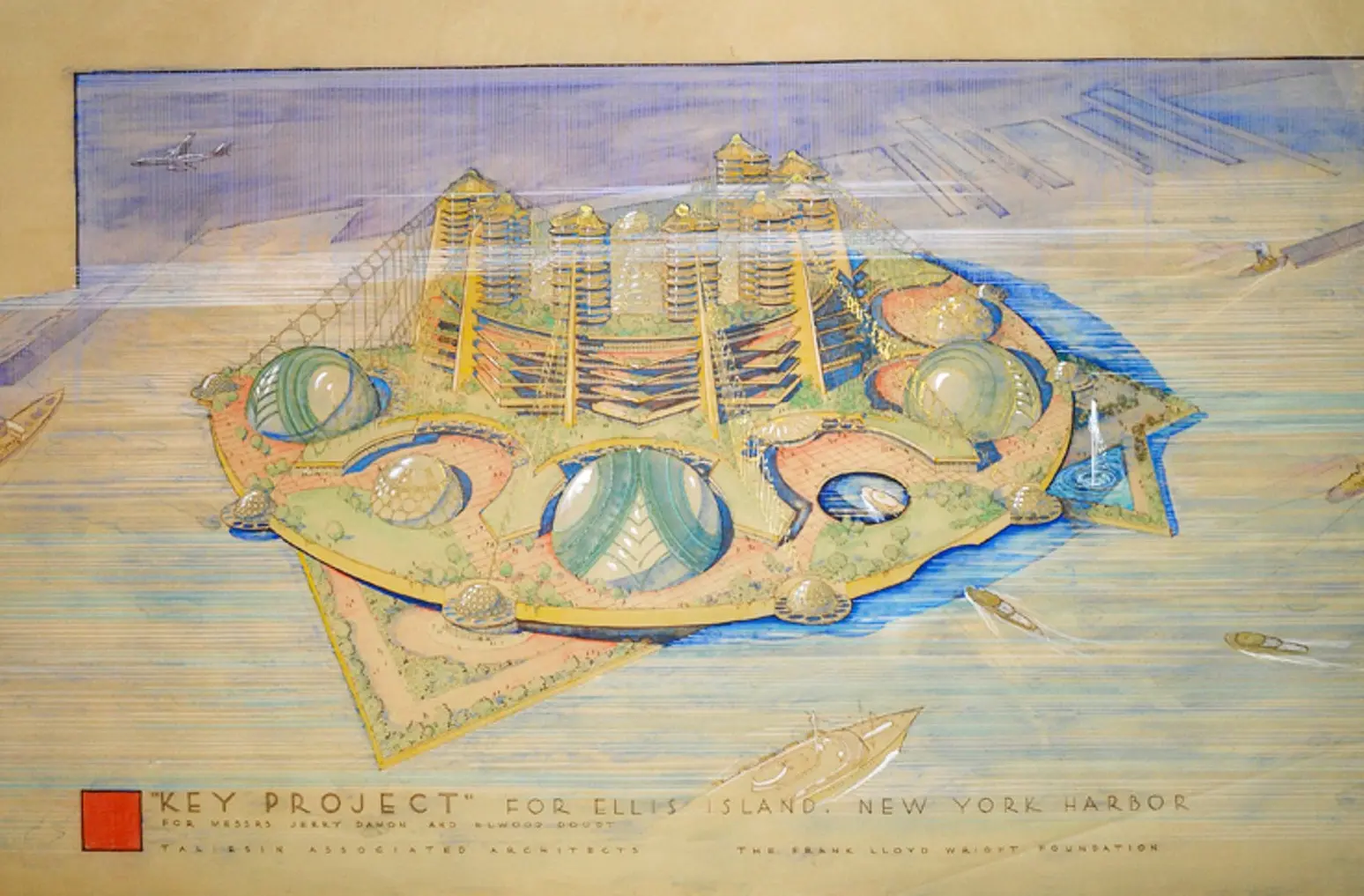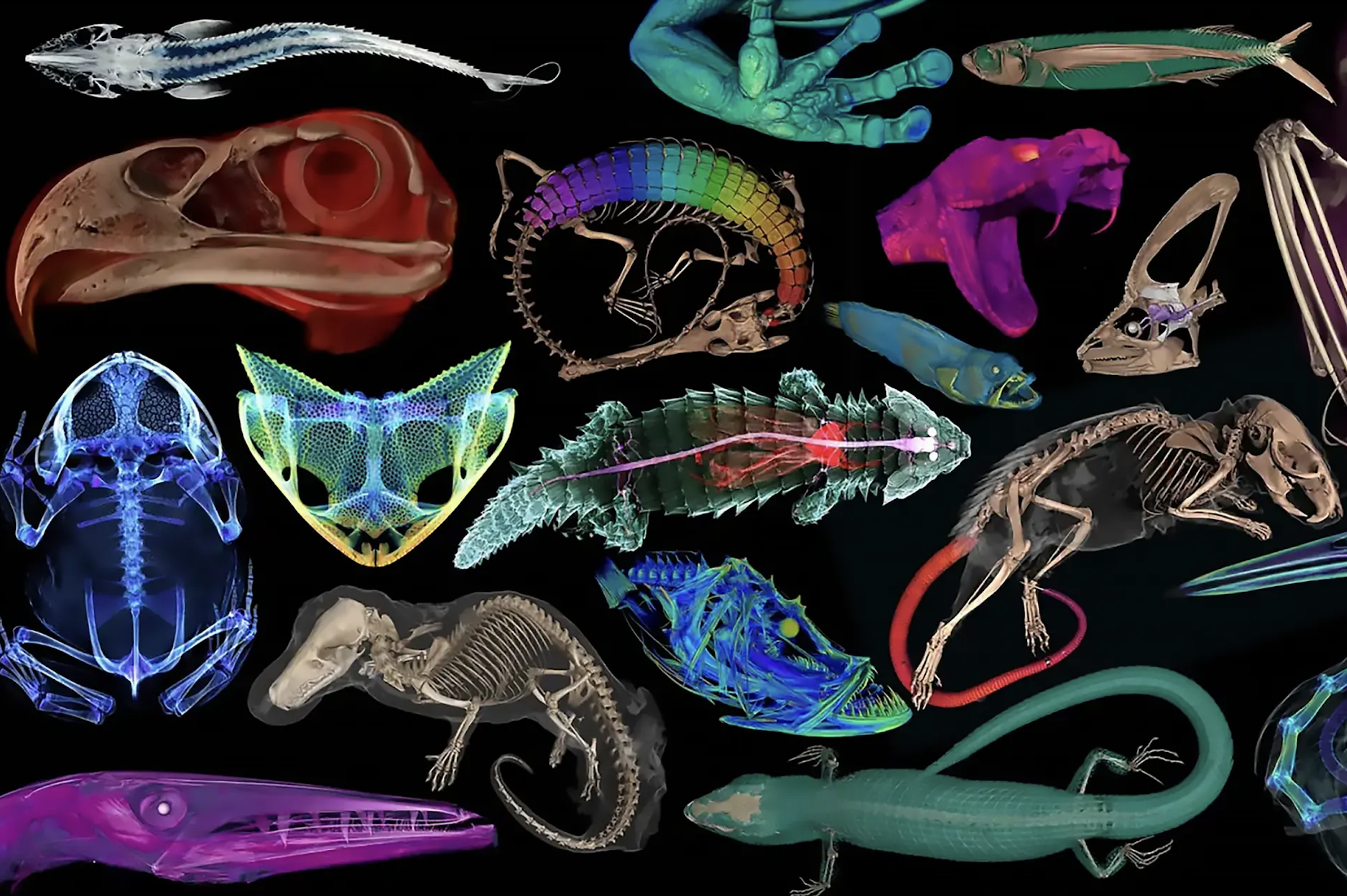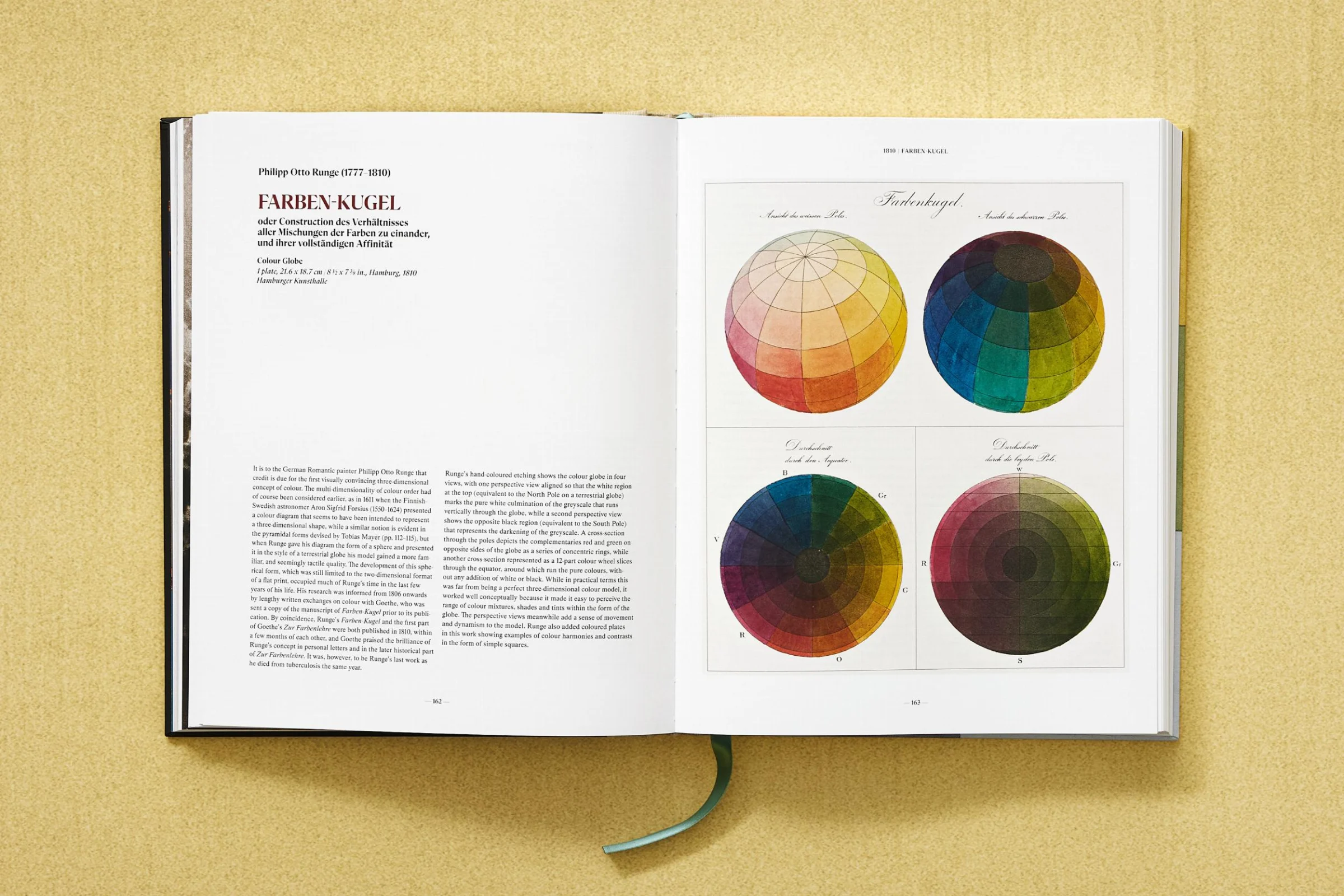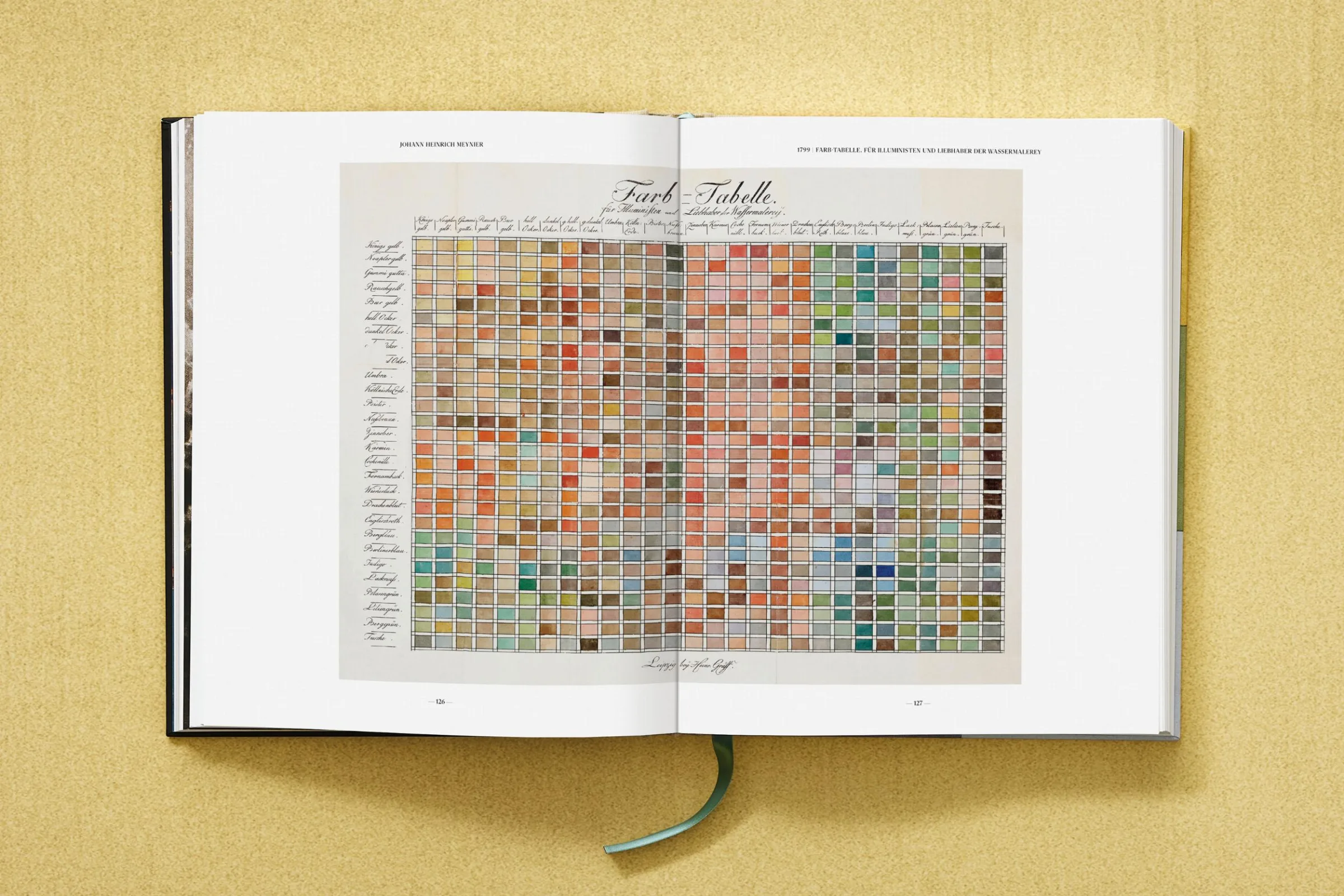Lawrence Fishburne brings a degree of gravity to his roles offered by few other living actors. That has secured his place in pop culture as Morpheus from The Matrix, for example. But he could even marshal it early in his career, as evidenced by his role as Apocalypse Now’s “Mr. Clean,” which he took on at just fourteen years old. But it was a much more recent performance he gave for Letters Live, which you can see in the video above, that clearly brings out the qualities that have made him a beloved and enduring figure onscreen: not just his moral seriousness, but this sense of humor as well.
“To my old master,” Fishburne begins, getting a laugh right away. The letter in question, previously featured here on Open Culture, was originally written in 1865 by a man named Jourdon Anderson, who had escaped a life of slavery in Tennessee with his wife the previous year. Having since fallen on hard times, that former master had written to Anderson and asked him to come back to work on the plantation. “I have often felt uneasy about you,” Anderson writes. “I thought the Yankees would’ve hung you before this for harboring Rebs that they found at your house,” among other crimes he recalls.
Having set himself and his family up in Ohio, Anderson could hardly have felt tempted to go down South again. “I want to know particularly what the good chance is you propose to give me,” he writes. “I am doing tolerably well here. I get $25 a month, with victuals and clothing, have a comfortable home for Mandy — the folks call her Mrs. Anderson — and the children, Millie, Jane, and Grundy, go to school and are learning well.” But “if you will write and say what wages you will give me, I will better be able to decide whether it will be to my advantage to move back again.”
Fishburne delivers these lines with a thick layer of irony, as Anderson no doubt intended. “Mandy says she would be afraid to go back without some proof that you were disposed to treat us kindly and justly, and we have concluded to test your sincerity by asking you to send us our wages for the time that we served you.” When Fishburne says that, he practically gets a standing ovation, and indeed, the letter met with a favorable reception in its day as well — not from Colonel P. H. Anderson himself, but from the readers of the newspapers in which it was reprinted. In the end, Jourdon Anderson kept his freedom, and got fame lasting more than a century after his death to go with it.
Related content:
“Ask a Slave” by Azie Dungey Sets the Historical Record Straight in a New Web Series
Based in Seoul, Colin Marshall writes and broadcasts on cities, language, and culture. His projects include the Substack newsletter Books on Cities, the book The Stateless City: a Walk through 21st-Century Los Angeles and the video series The City in Cinema. Follow him on Twitter at @colinmarshall or on Facebook.

